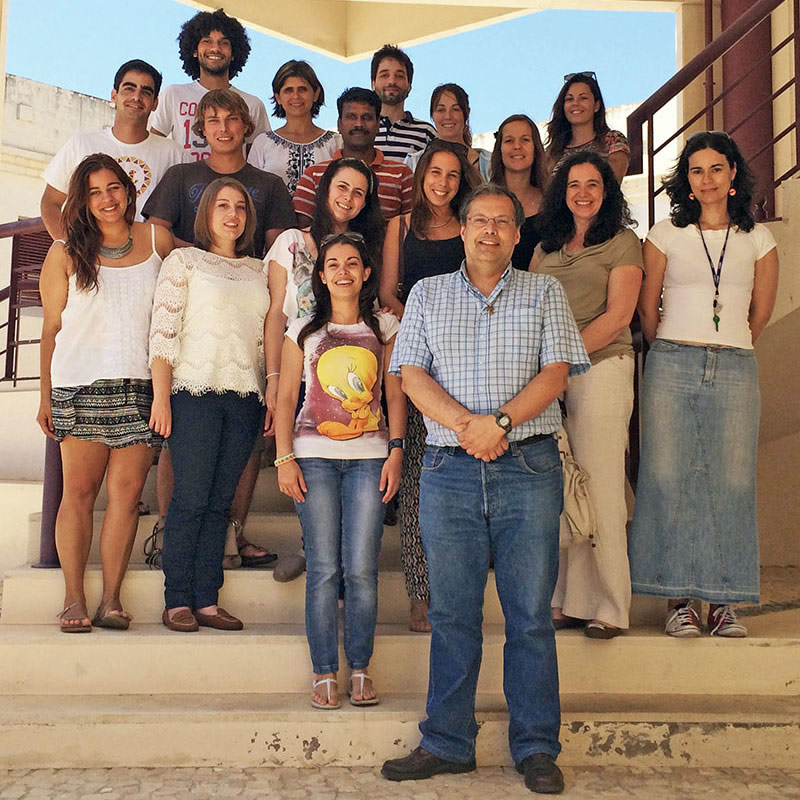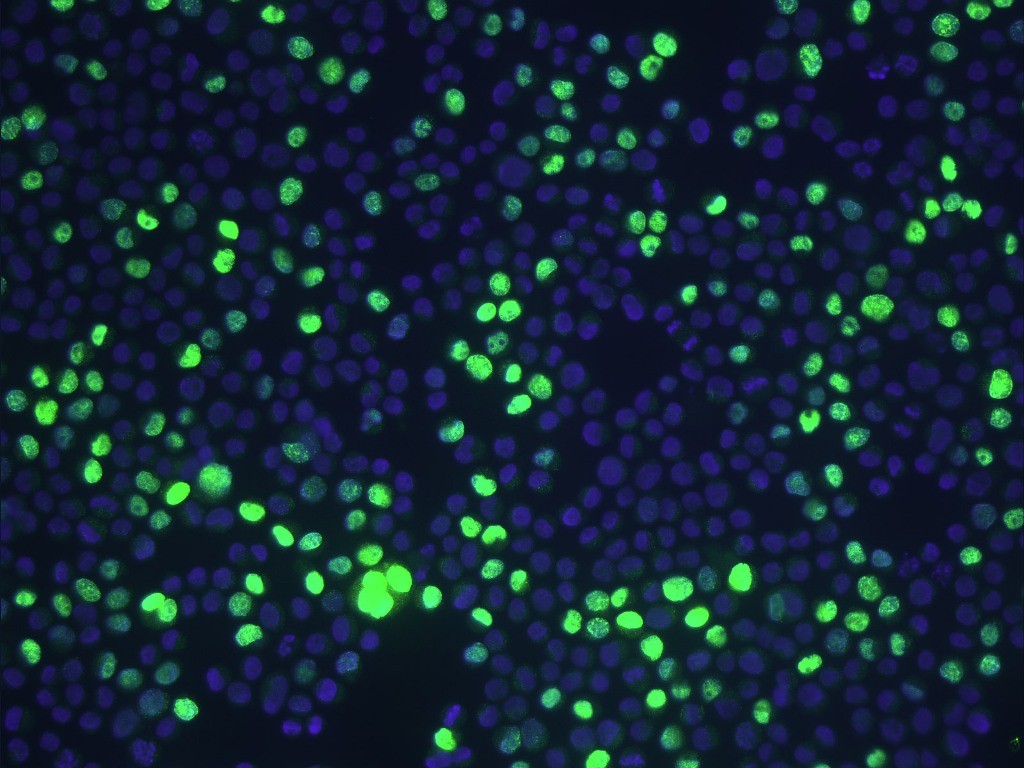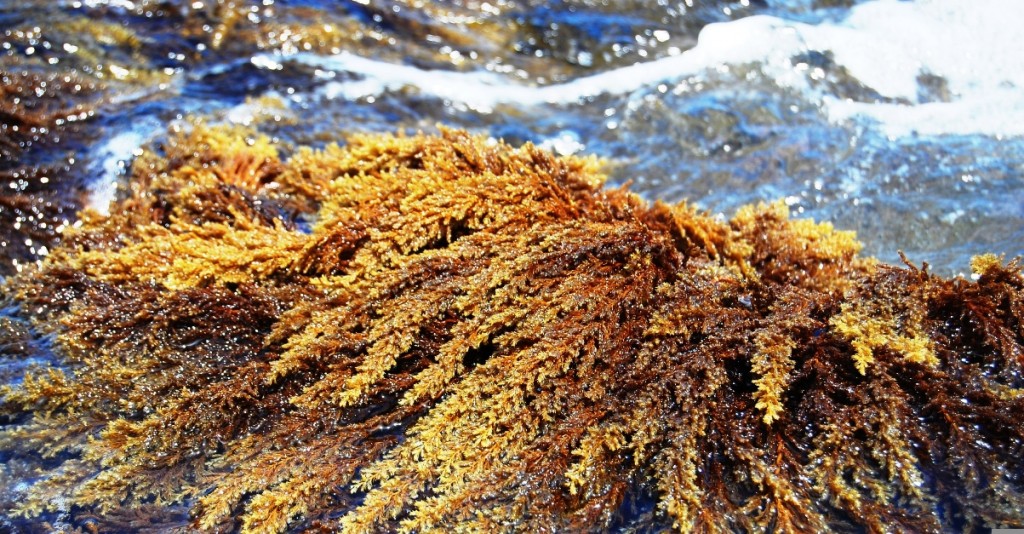 To the common observer, it is just another seaweed, like so many others that we occasionally come across on the beaches. But, for the researchers of the MarBiotech group at the Algarve Sea Sciences Center (CCMar), it is a valuable working tool and the raw material for a line of research related to the fight against cancer cells.
To the common observer, it is just another seaweed, like so many others that we occasionally come across on the beaches. But, for the researchers of the MarBiotech group at the Algarve Sea Sciences Center (CCMar), it is a valuable working tool and the raw material for a line of research related to the fight against cancer cells.
Scientists from the research center associated with the University of Algarve took an important step in their work, when they saw an article by researcher Catarina Vizetto-Duarte and collaborators published "in record time", by the renowned journal Phytomedicine.
«The work was published 15 days after it was accepted and with praise from the publisher. I had never had an article to be approved so quickly», he confessed to Sul Informação, proud, João Varela, coordinator of Marbiotech, .
The article in question, whose title is «Isololiolide, a carotenoid metabolite isolated from the brown algae Cystoseira tamariscifolia, is cytotoxic and able to induce apoptosis in hepatocarcinoma cells through caspase-3 activation, decreased Bcl-2 levels, increased p53 expression and PARP cleavage», is not yet available as it was only accepted this week.
But those interested can read the work that preceded it, about the same brown seaweed, found in our waters, «which is related to seaweed», «Can macroalgae provide promising anti-tumor compounds? A closer look at Cystoseira tamariscifolia as a source for antioxidant and anti-hepatocarcinoma compounds", than can be consulted in full online.
“This alga has cytotoxic properties [ability to destroy cells] and we tested it on tumors, vitro. In the experiments we carried out, it completely undid the tumors, being toxic to cancer cells», described João Varela.
The researchers identified which cancer cells are proliferating with a fluorescent marker (in the figure), which allowed them to observe, over time, the effect of a cytotoxic extract preventing their cell division and thus the formation of a tumor. Roughly, explained the Algarve researcher, the chemical compounds that the alga contains can not only promote the self-destruction of the cancer cell, but also inhibit it from replicating, making it inactive.

For now, this line of research is still at a preliminary stage, not least because we will have to study how a drug that has the same effect on the human body can be arrived at. But there are other lines of investigation at MarBiotech that are already at a much more advanced stage.
In addition to this brown alga, many “cousins” of it are studied there, some of which are not even visible to the naked eye. But this does not prevent them from having within themselves the potential to move cars, trucks and even planes, and they are also candidates for providing compounds that allow for the creation of new drugs.
“Our focus, as a research group, is marine biotechnology, and we started by working only with microalgae. One of them, the most important, was the Dunaliella saline, which grows in saline and is one of the main sources of natural beta-carotene», he stated.
Later, «two very important people joined our group, Luísa Barreira, who is a chemist, and Luísa Custódio, who is linked to bioactivities». From here, the group began to study macroscopic algae (macroalgae), seagrasses, plants from the Ria Formosa, and even marine invertebrates such as the sea slug, which broadened the lines of investigation.
"One One of the focuses of our investigation is a microalgae that resists practically everything. It was isolated by us near a WWTP and withstands both high and low saline concentrations. It also withstands temperatures between 4 and 50 degrees. This is unheard of,” he explained.
In addition to being made “for war”, this microorganism also produces large amounts of lipids.
“This is very important, as there is a great demand for species rich in lipids, to be used in the production of biodiesel and also biokerosene. In the United States, there is a large program financed by the Air Force that aims to produce microalgae, to make them independent from external sources for the production of fuel for their planes”, he explained.

Thus, the investigation carried out at MarBiotech also has an environmental dimension. This is because microalgae appear as an alternative to the intensive cultivation of some species of land plants, for transformation into biodiesel.
In the case of aquatic microorganisms, in addition to not raising the issue of effects on soils and the use of fresh water, there is an extra advantage, since many of the species promote the sequestration of carbon dioxide, contributing to combat global warming.
Another potential environmental advantage may arise from what is the greatest difficulty in creating microalgae: the availability of nutrients, “namely phosphates”. The solution involves "trying to use wastewater to grow microalgae, as they are very rich in nitrates and phosphates, which have to be removed before the water is discharged into the sea or rivers, otherwise they will cause a great ecological impact". says the Algarve researcher.
CCMar's MarBiotech and Águas do Algarve are trying to launch a pilot project for the production of microalgae in one of the Wastewater Treatment Plants managed by the Algarve company. In other words, in the future, in addition to cleaner water, lipid-filled microalgae may come out of the region's WWTP to be transformed into biodiesel. However, one of the problems to be resolved is the question of its financing, “which is taking a long time to emerge”.
The richness and potential of existing organisms in the Ria Formosa and in the oceans lead João Varela to emphasize the importance of preserving the environment, particularly in coastal areas, at the risk of destroying species that may be decisive in saving lives in the future .
In the case of brown algae, "you should never try to collect them in their natural environment", not only because this could endanger their availability, but also because "it is prohibited, in light of a recent law, which prevents them from being collected any species in the area of influence of the Ria Formosa Natural Park without prior authorization».


















Comments